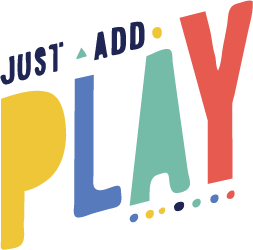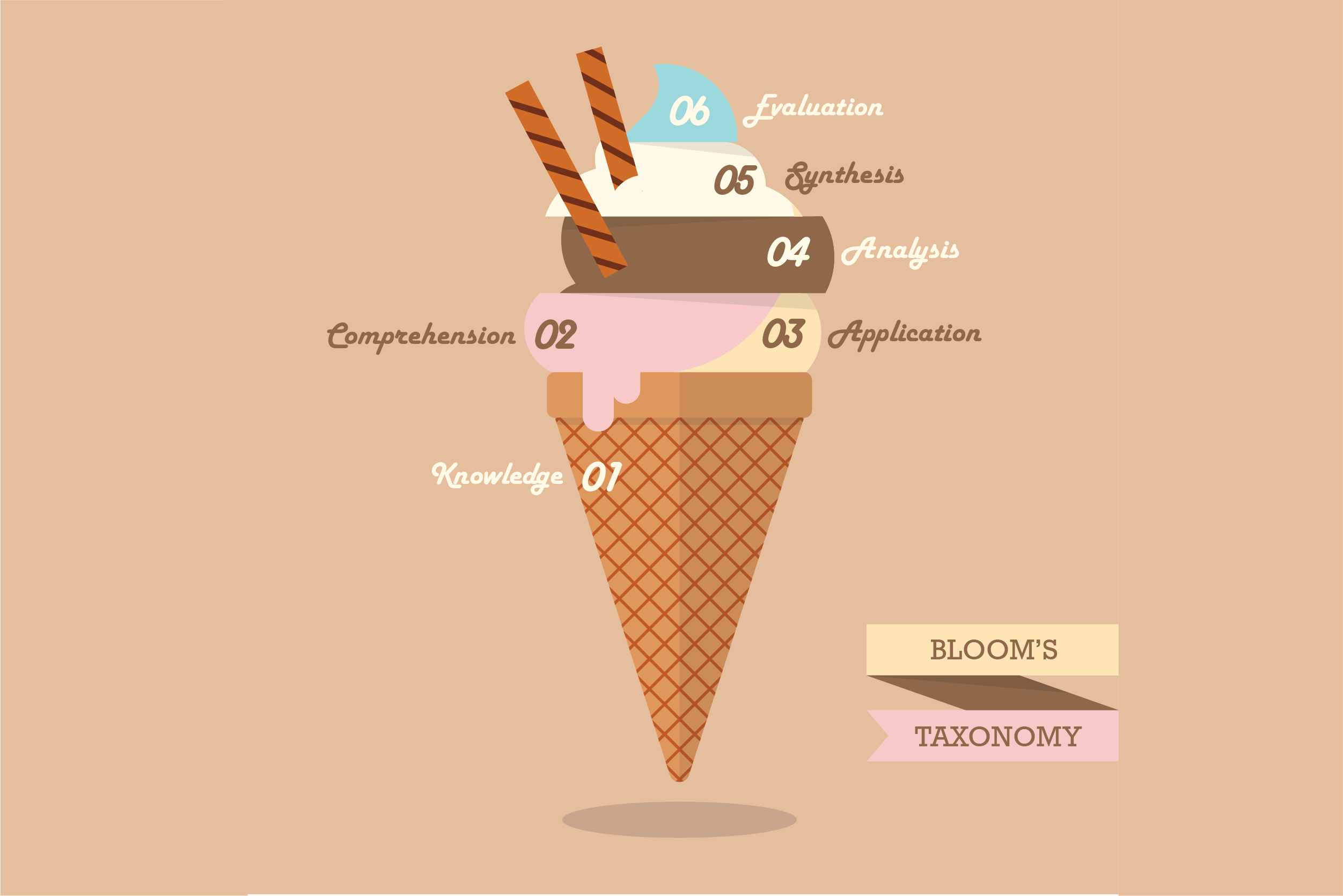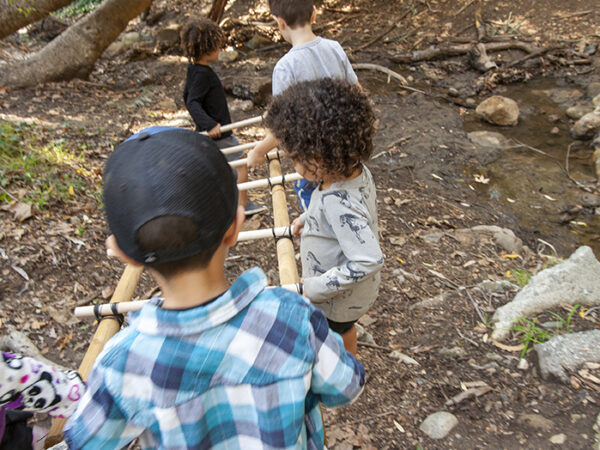I often talk about how I’ve had to retrain myself, moving from teaching in a classroom to homeschooling. So much of what I learned in education classes just isn’t applicable to child-led learning. However, there are some key education concepts that are so simple and insightful, that they’ve been invaluable in shaping our homeschooling process.
One such concept is Bloom’s Taxonomy.
Bloom categorized cognition into six different categories, ranging from rote memorization of facts, to making ethical judgments supported by evidence. Moving through the different types of thinking, learners solidify their knowledge, gain new insights about their research, and create works of their own.
Using Bloom’s
Older kids can be taught the concept of Bloom’s Taxonomy directly. At the elementary age, however, I use Bloom’s informally to model higher-level thinking. The idea is that by asking different types of questions, and prompting deeper conversations, we can make higher-level thinking a habit of mind.
For example, my son recently studied Ancient Egypt in his co-op. One topic that really interested him was the Rosetta Stone (the relic that proved the key to cracking the hieroglyphic code). So he went on a deep dive of information gathering– reading biographies, watching videos, researching online.
It turns out that the Egyptians were using the Rosetta Stone as ordinary building material, when French colonialists discovered and claimed it. The stone was then lost by the French to the British in war. The story of the handover from the French to the English is fascinating– the stuff of classic heist movies.
In his reading, my son came across an illustration of a French aristocrat’s library — which contained a sizable horde of Egyptian artifacts. As we looked at the illustration, my son asked: “How did he get all of those things?” I answered with another, slightly different, question. “SHOULD he have all of those things?” Just a little nudge from Bloom to a different category of thinking — from understanding to evaluation. And from this, my son’s deeper question was born:
Who is the rightful owner of the Rosetta Stone?
He excitedly brought this question to his discussion group on zoom, and the group dove in immediately. Just that one question sparked an impassioned discussion, in which the kids supported their beliefs with analogies about playground ethics, historical facts, and other general ideas about the morality of ownership.
Kids crave this kind of conversation. They’re constantly trying to make sense of the world around them, and these discussions help them solidify their value systems. Deeper questions push children’s thinking; help frame the significance of what they’re learning in broader terms; and teach kids that it’s ok to disagree, as long as they have arguments, ideas, and facts to support their opinion. But most importantly, it shows children that their opinions matter.
Below is a full description of Bloom’s Taxonomy, and the types of questions that are relevant at each level. You don’t need to do a formal writeup of questions for Blooms to be useful. Just keep it in the back of your mind, and use it to help push a conversation a bit further.
Bloom’s Taxonomy
Knowledge
- Learners at this level can retain and recognize basic facts, without necessarily understanding them.
- Sample Question Verbs: List, Define, Identify
- Example: “Identify the Egyptian hieroglyph for the Nile.”
Comprehension
- Children who understand what they’ve learned can explain it in their own words. It makes sense to them.
- Sample Question Verbs: Explain, Summarize, Paraphrase
- Example: Summarize the Ancient Egyptian creation myth.
Application
- Working at the application level, children use what they’ve learned; they can draw new conclusions, and apply their understanding to new situations.
- Sample Question Verbs: Solve, Sketch, Paint
- Example: Draw a picture or diagram of your favorite Egyptian architectural site.
Analysis
- Analysis is the process of breaking information down, making connections, drawing inferences, and noting general patterns.
- Sample Question Verbs: Compare, Categorize, Infer, Differentiate
- Example: Knowing what you have learned about Ancient Egypt, infer how the geography of Egypt may have influenced the development of Egyptian mythology.
Synthesis
- Also known as creation, this involves coming up with new ideas, or producing something original.
- Sample Question Verbs: Produce, Create, Invent, Hypothesize
- Example: Write a play, retelling an Egyptian myth in the context of modern American society.
Evaluation
- This is the process of making judgments, and forming and supporting opinions.
- Sample Question Verbs: Judge, Criticize, Consider, Support
- Example: Should archaeologists be allowed to open the tombs of Egyptian pharaohs, even though they know it violates the beliefs of the ancient Egyptian people?





